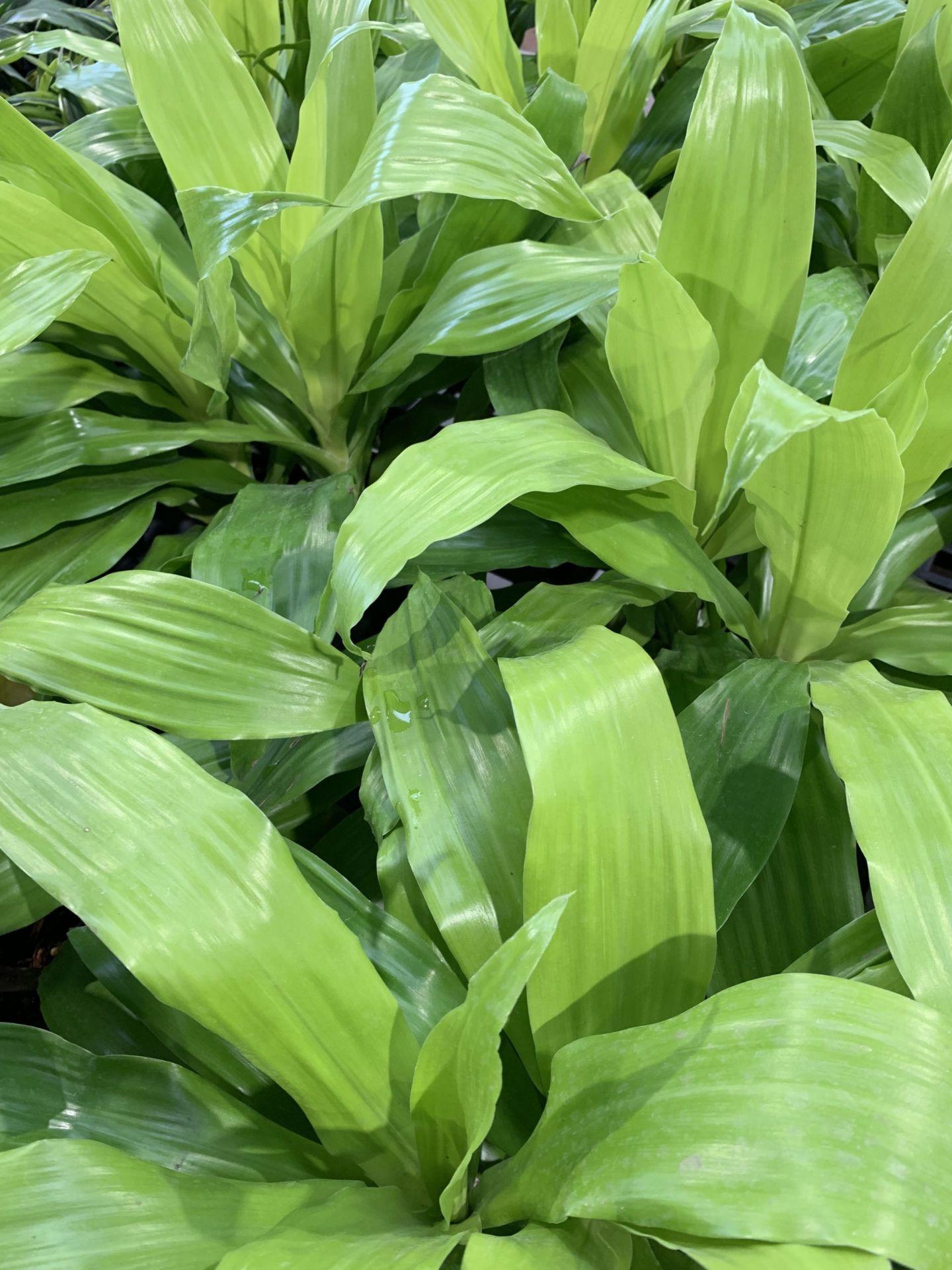Dracaena
Garden Clippings for Feb 22, 2020
The Dragon Tree in our living room thrives on neglect. It doesn’t get much light, doesn’t need much water and is not bothered by cold, pests or fertilizer.
Our Dragon Tree (Dracaena Marginata ‘bicolor’) is about 5 or 6 years old. We put it outside for the summer months, then drag it indoors from October to April. Sitting at around 4 feet high, it hasn’t grown much, which suits me just fine. The tree might not be the showiest tropical plant, but it suits our spot and is well-behaved.
Dragon Trees are members of the big Dracaena family, a diverse group of tropical plants with slender sword-like leaves. Dragon Trees are popular, easy to grow, and are priced accordingly. Their dark green leaves are thin, about ½ inch wide and 18 inches long. The variety we have is ‘tricolor’ or ‘bicolor’ which has reddish leave margins and is a little whispier than the traditional Dragon Tree.
Indoor gardeners who want a plant with more lush foliage should look towards Corn Plant (Dracaena fragrans ‘Massangeana), which has larger leaves resembling those of corn, with a lighter lime coloured centre stripe. If growing in its native habitat Corn Plant produces fragrant white flowers but will rarely bloom indoors.
‘Limelight’ and ‘Lemon Lime’ are colourful Dracaenas that tolerate low light. Lime coloured leaves will brighten any room and contrast nicely with any dark foliage.
Other varieties of Dracaena include ‘Jade Jewel,’ an upright grower with variegated leaves in true green and pure white. ‘Janet Craig’ is dense, slow growing with rich dark green colour.
All Dracaenas grow well in the range of low to high light. Full sun in summer is a no-no. The more light a Dracaena receives, the more water it wants.
If Dracaenas could be considered fussy, it would be because they don’t like to be over-watered. I water mine sparingly and do so every two or three weeks. I don’t allow water to sit in the tray at the bottom of the pot. In summer when days are longer and light is increased, I water once a week. If a Dracaena loses a bit of colour, it wants water. If leaves drop or if leaf tips turn brown, the plant is likely receiving too much water.
Dracaenas tend to drop their older leaves while some leaf tips may turn brown. That’s likely due to heavily chlorinated water or overwatering. If leaf tips turn brown, use a sharp scissors to cut the leaf end to a new point. Don’t fret if leaves turn brown or drop. Rest assured new leaves will take the place of fallen leaves.
Indoor gardeners who have a habit of fertilizing will want to use a balanced plant food at half strength. Use less fertilizer in winter. I rarely fertilize my houseplants and they remain healthy as kittens.
Dracaenas are easy to grow. Their slender leaves add fine texture to a mix of indoor plants. But perhaps their most positive attribute is their ability to purify the indoor air. Compounds in paints, cleaning agents, clothing and building materials add unwanted toxins, and Dracaenas are one of the finest indoor plants to remove formaldehyde, benzene and carbon dioxide. They also add humidity during the dry winter months.


